Unlocking the Potential of CNC Routers for Innovative DIY Projects
In the realm of DIY projects, the advent of CNC routers has opened up a world of creative possibilities, allowing enthusiasts to transform their imaginative ideas into tangible creations. A CNC router, which stands for Computer Numerical Control router, is a versatile tool that uses precise computer programming to cut, carve, and engrave various materials, elevating the craftsmanship involved in personal projects.
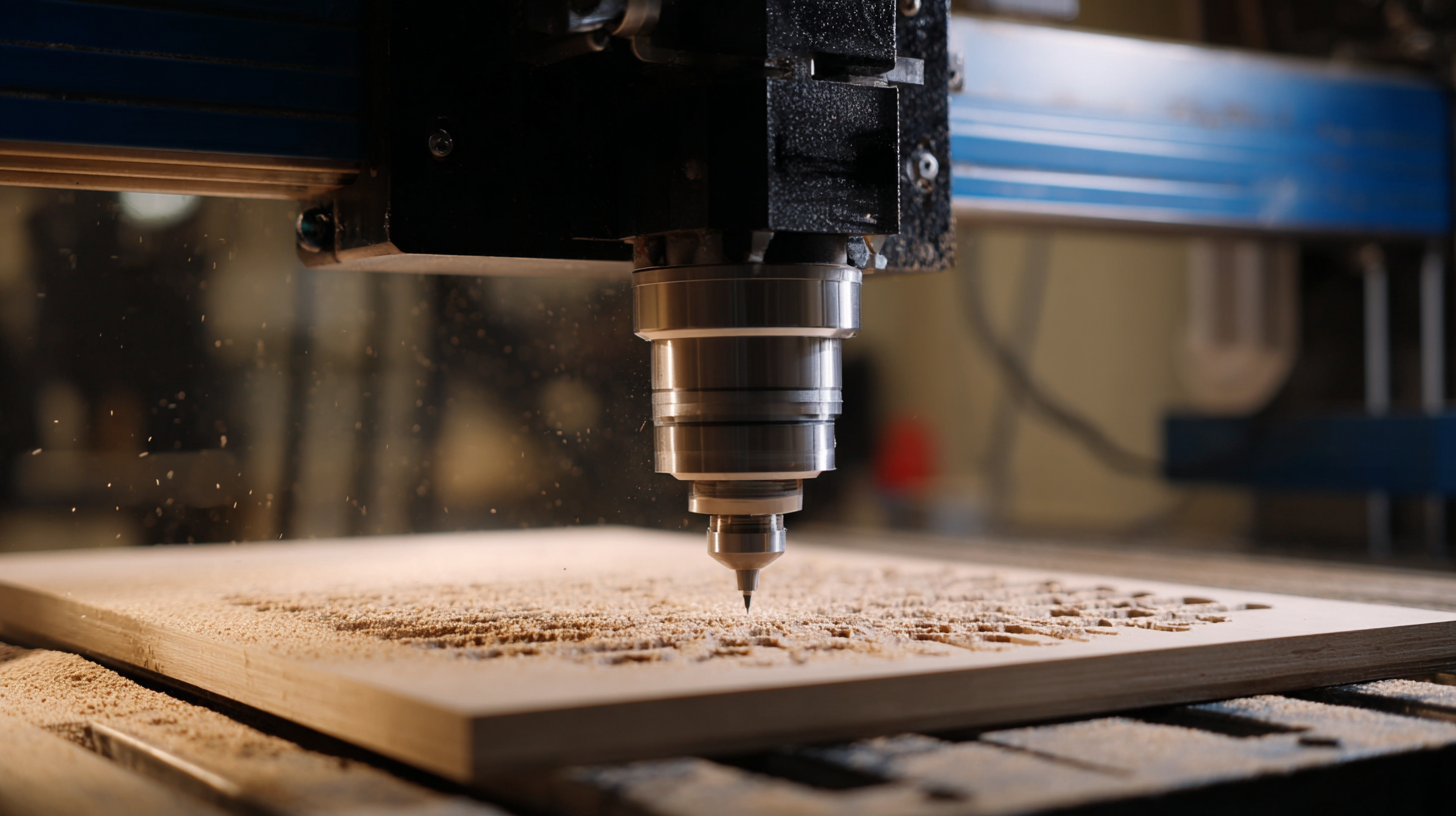 Whether you are looking to design unique furniture, intricate signage, or customized art pieces, understanding how to effectively harness the power of a CNC router can significantly enhance your DIY experience. This guide will explore innovative techniques and project ideas that leverage the capabilities of CNC routers, enabling makers to unlock their full potential and craft impressive pieces that showcase their skills and creativity.
Whether you are looking to design unique furniture, intricate signage, or customized art pieces, understanding how to effectively harness the power of a CNC router can significantly enhance your DIY experience. This guide will explore innovative techniques and project ideas that leverage the capabilities of CNC routers, enabling makers to unlock their full potential and craft impressive pieces that showcase their skills and creativity.
Understanding the Basics of CNC Routers for DIY Enthusiasts
CNC routers have become a valuable tool for DIY enthusiasts, providing the ability to transform creative ideas into tangible projects with precision. Understanding the basics of CNC routers is essential for anyone looking to dive into this innovative craft. At its core, a CNC router uses computer numerical control to guide a cutting tool, allowing for intricate designs and accurate cuts on various materials such as wood, plastic, and metal.
To get started, it is crucial to familiarize yourself with software options that control your CNC machine. One popular choice is GRBL, a free and open-source firmware that can help you achieve precise control over your projects. Setting it up is straightforward, and there are numerous resources available online to assist you in making the most of this powerful tool. Additionally, if you're considering enhancing your setup, using a Raspberry Pi can simplify the process and make your CNC operations more efficient.
**Tips:** When beginning your journey with CNC routers, ensure that you have a clear plan and design for your project. Additionally, take time to learn about the various materials compatible with your router to avoid potential issues. Finally, don't hesitate to join online communities where you can exchange ideas and gather insights from experienced DIYers.
Essential Tools and Materials for Successful CNC Router Projects
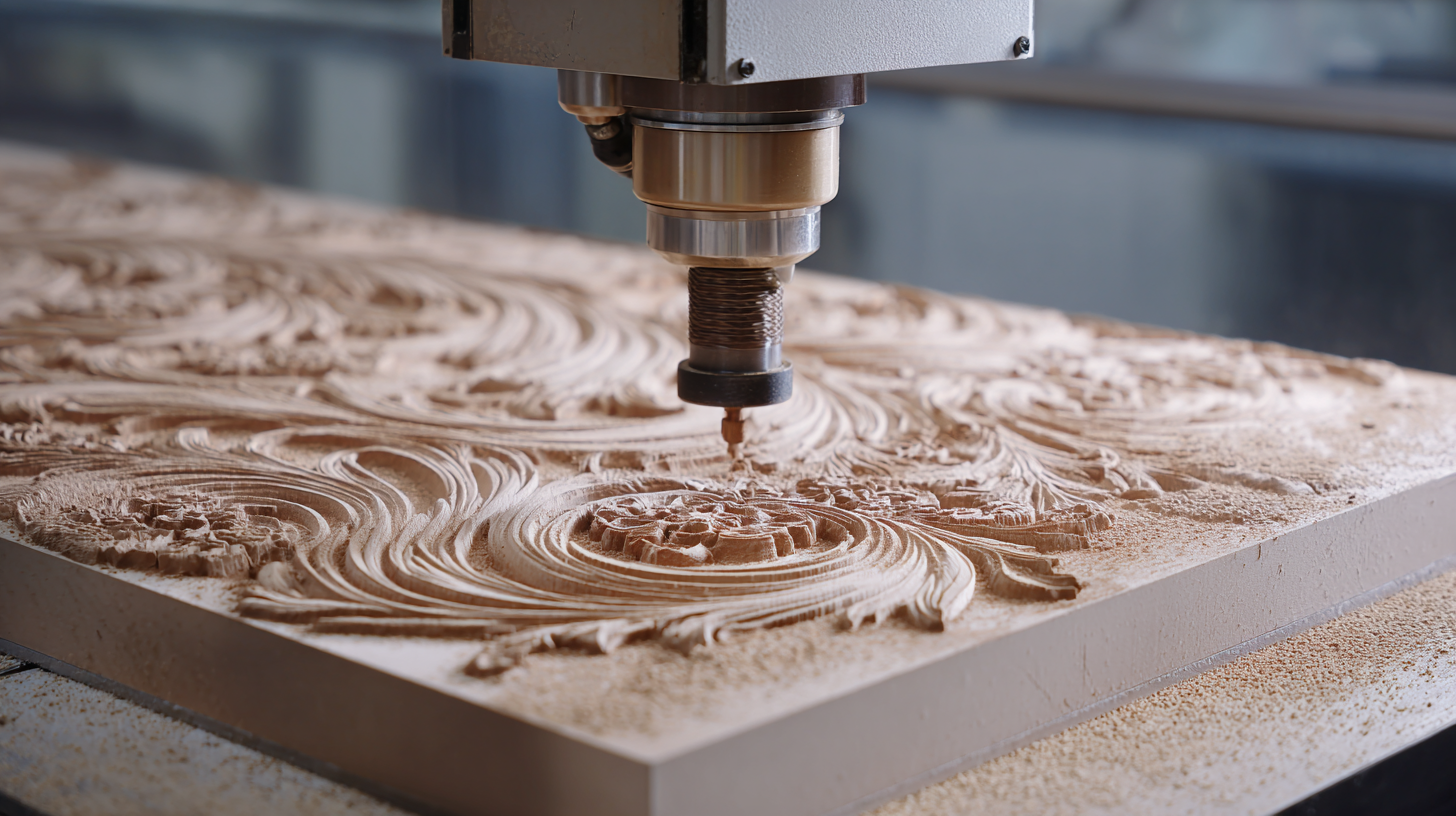 When embarking on a CNC router project, having the right tools and materials is crucial for success. A high-quality CNC router itself serves as the backbone of any endeavor, allowing for precision and creativity. A reliable machine equipped with a strong spindle and various bit sizes can tackle a wide range of materials, from wood to plastics and even metals. It's also essential to invest in a sturdy work surface and clamps to secure your materials, ensuring safety and accuracy during cutting and carving processes.
When embarking on a CNC router project, having the right tools and materials is crucial for success. A high-quality CNC router itself serves as the backbone of any endeavor, allowing for precision and creativity. A reliable machine equipped with a strong spindle and various bit sizes can tackle a wide range of materials, from wood to plastics and even metals. It's also essential to invest in a sturdy work surface and clamps to secure your materials, ensuring safety and accuracy during cutting and carving processes.
Beyond the machine, the selection of materials plays a significant role in the outcome of your projects. Plywood is a popular choice due to its versatility and ease of use; it can be used for everything from intricate designs to structural elements. For those looking to experiment further, consider exploring MDF for detailed work, or acrylic for vibrant and striking finishes. Supplementing these materials with adhesives, finishing products, and safety equipment like goggles and masks will complete your toolkit, paving the way for successful and innovative DIY projects with your CNC router.
Step-by-Step Guide to Designing Your First CNC Router Project
When embarking on your first CNC router project, designing a clear and achievable plan is essential. Begin by identifying the purpose of your project—whether it's creating intricate designs, functional objects, or decorative pieces. Sketch your ideas, focusing on dimensions and materials. It's beneficial to use software that can help visualize your design in a CAD format, making it easier to transfer your ideas into a CNC-compatible file.
**Tips:** Invest time in familiarizing yourself with the CNC router's software and functions. Understanding the machine's capabilities will save you time and frustration. Additionally, start with simple designs to build your confidence before moving on to more complex projects. Experiment with different materials and settings to find what works best for your specific project requirements.
Finally, as you prepare to execute your design, ensure your workspace is organized and free from distractions. Double-check your settings and material placement before hitting 'start.' Keeping your area tidy and your tools within reach will streamline the process, allowing you to focus on the creative aspects of your project. Embrace the learning curve, and enjoy the innovative potential that CNC routing offers!
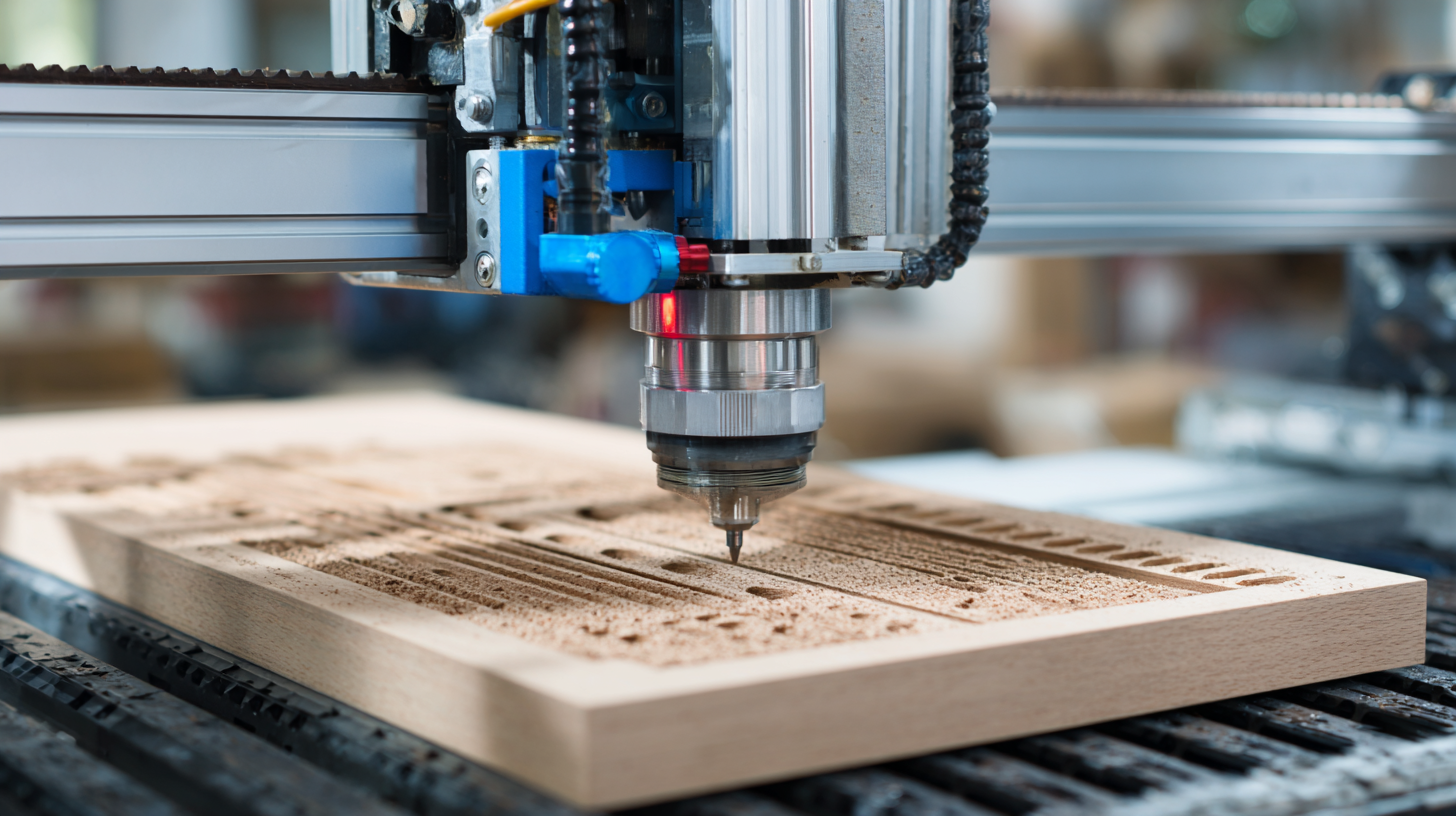
Tips and Tricks for Troubleshooting Common CNC Router Issues
When diving into the world of CNC routers, users often encounter various issues that can hinder their creative projects. Common problems might include software compatibility, mechanical misalignments, or issues with G-code commands. Understanding these troubleshooting techniques can significantly enhance your DIY experience and creativity. For example, if your CNC router stops receiving commands, checking the settings in your controller software, such as GRBL or Universal Gcode Sender, is a great first step. Ensuring that the firmware is up-to-date and that connections are secure can usually resolve many initial problems.
Additionally, proper maintenance of your CNC machine can prevent common issues from arising. Regularly inspecting and cleaning the mechanical parts, lubricating moving components, and re-calibrating the machine when necessary can extend its life and improve performance. Furthermore, online forums and community groups can be valuable resources for troubleshooting, as many enthusiasts share their experiences and solutions to specific problems. Embracing these practices not only helps to resolve issues but also empowers DIY creators to push the boundaries of their CNC projects.
CNC Router Issues and Troubleshooting Tips
This chart illustrates the common issues faced with CNC routers and the suggested troubleshooting tips that can help resolve these problems.
Creative Applications of CNC Routers in Home Improvement Projects
CNC routers have become increasingly popular in DIY home improvement projects, offering a versatile tool for creating everything from intricate furniture to personalized home décor. This technology allows users to turn digital designs into real-world objects, facilitating creativity and innovation in home renovations. According to industry reports, the CNC machine market is expected to grow significantly, projected to reach billions in revenue by 2025. This growth reflects a rising interest in customization and craftsmanship among homeowners.
When integrating CNC routers into your DIY projects, consider these tips: First, start with simple designs to familiarize yourself with the machinery and software. This can help build your confidence and technical skills before moving on to more complex projects. Next, utilize online resources and communities for inspiration and guidance; platforms dedicated to CNC fabrication offer an abundance of shared ideas and techniques. Lastly, experimenting with different materials can yield unique results—try using reclaimed wood, acrylics, or composites to enhance your creations.
The applications of CNC routers extend beyond mere aesthetics; they can be pivotal in home organization and efficiency. For instance, you can design fitted storage solutions or bespoke shelving that perfectly complements your living space. Additionally, combining CNC technology with smart home gadgets can elevate your projects, integrating innovative functions that improve everyday living.
Unlocking the Potential of CNC Routers for Innovative DIY Projects
| Project Name | Material Used | Description | Estimated Time (Hours) | Skill Level |
|---|---|---|---|---|
| Decorative Wall Art | Plywood | Custom cut designs for modern home decor. | 3 | Beginner |
| Customized Furniture | MDF | Unique tables and shelves tailored to space. | 10 | Intermediate |
| Personalized Cutting Boards | Hardwood | Engraved with names or designs for gifts. | 2 | Beginner |
| Garden Planters | Cedar Wood | Custom designs for outdoor spaces. | 5 | Intermediate |
| Home Signage | Acrylic | Personalized signs for home or garden. | 1 | Beginner |
Related Posts
-

The Ultimate Guide to Choosing the Right CNC Router for Your DIY Projects
-

What is the Advantage of Using a CNC Router for Your Business
-
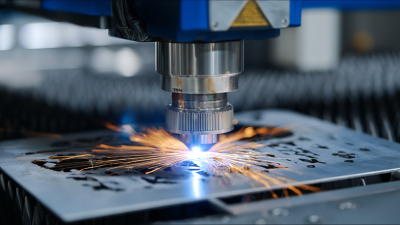
Exploring Laser CNC Innovations at the 2025 China 138th Import and Export Fair
-
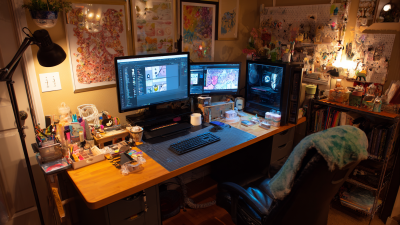
Maximizing Your Workspace Efficiency with the Right Cutting Table for Your Crafting Needs
-
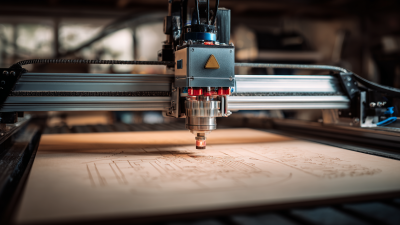
The Ultimate Guide to Choosing the Best CNC Engraver for Your Projects
-

Unlock Unlimited Possibilities with Custom Laser Cutting for Your Unique Projects

